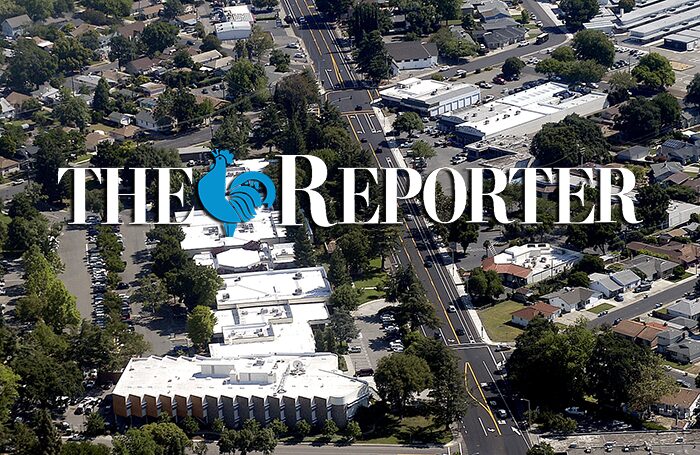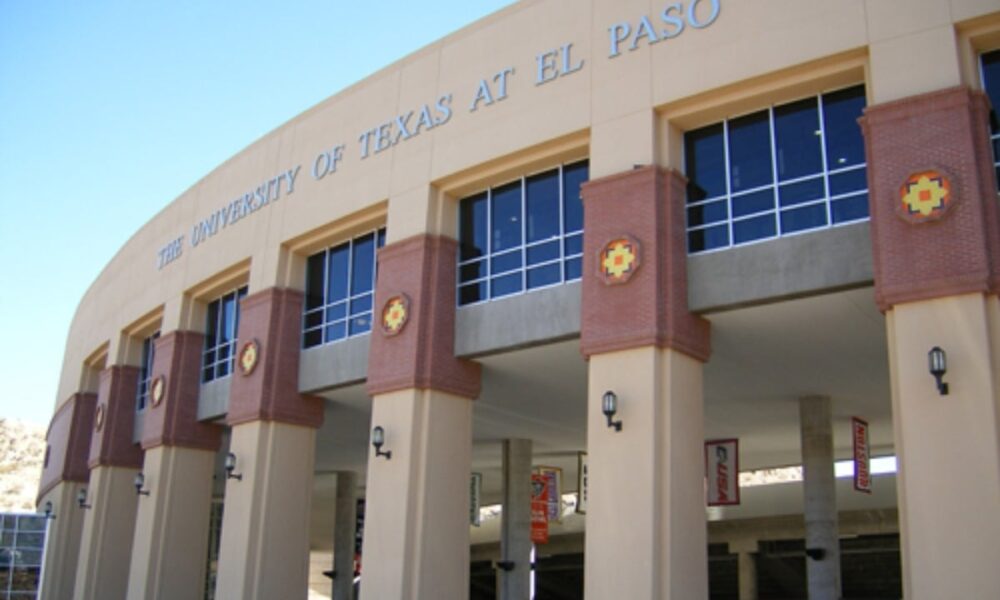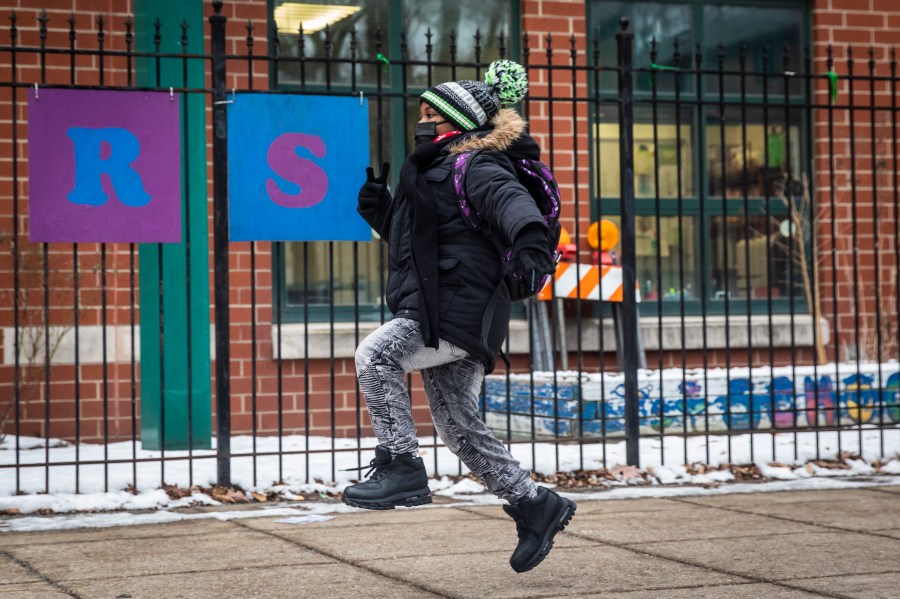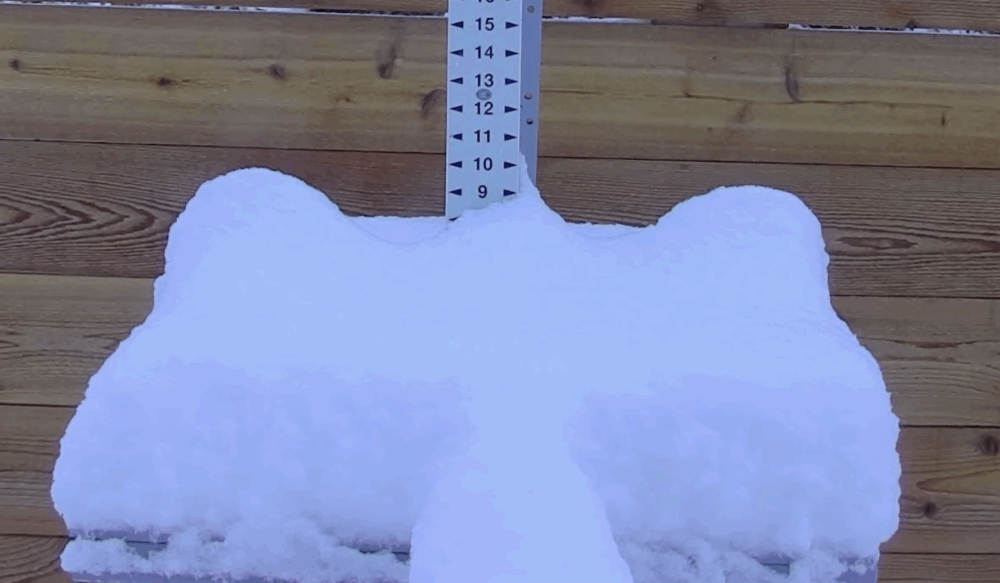UPDATE: Regional planners just unveiled a transformative Draft Bay Area 2050+ Plan, aiming to shape the future of the Bay Area through 2050. This critical initiative, discussed in a webinar hosted by the Association of Bay Area Governments (ABAG) and the Metropolitan Transit Commission (MTC), integrates insights from over 56,000 public comments to create a comprehensive strategy for growth, transportation, housing, and environmental resilience.
During the urgent session, Dave Vautin, Director of Regional Planning, emphasized the importance of community feedback in crafting a plan that caters to the diverse needs of the Bay Area’s nine counties. “Your voice is vital to the process,” Vautin stated, underscoring the plan’s democratic foundation.
The plan sets ambitious goals for the Bay Area, focusing on growth near transit hubs and promoting affordable, connected communities. Project Manager Chirag Rabari described the plan as a “north star” for regional planning—a blueprint that balances climate goals with local land use authority. Rabari highlighted that 66 percent of new homes built between 2018-2023 were situated in Priority Development Areas (PDAs), an increase of 8 percent from the previous decade.
In a pressing response to evolving regional challenges, Hannah Diaz, a regional housing planner, explained that the Draft Bay Area 2050+ Plan addresses significant issues like the drop in transit ridership, a shortage of affordable housing, and the increasing amount of vacant office space. “Given the many changes that have occurred since the last plan was adopted in 2021, we wanted to ground this plan in current conditions,” Diaz stated.
The plan’s four critical elements—transportation, housing, economy, and environment—are divided into 11 themes and 35 strategies. It aims to make the Bay Area more affordable, connected, and resilient by 2050. Notably, the North Bay is projected to experience 17 percent job growth and 12 percent household growth—representing a modest increase compared to the overall region’s growth.
In terms of funding, an estimated $512 billion is allocated for the region’s transit networks, with a focus on updating key freeway corridors. Improvements will include updates to interchanges on US-101 and I-580, expansion of the SMART train service, and enhancements to bus services across the region.
The Draft Bay Area 2050+ Plan also addresses critical environmental goals, such as protecting the Suisun Marsh—the largest brackish marsh in North America. Diaz noted that the plan could potentially lead to a 21 percent reduction in greenhouse gas emissions, aligning with California’s air quality targets.
As the region prepares for upcoming board reviews, community members are encouraged to continue voicing their opinions, ensuring the plan reflects the collective aspirations of the Bay Area. This is a pivotal moment as planners strive to create a sustainable and equitable future for the region.
Stay tuned for further updates as the plan progresses toward final approval in early 2024.







